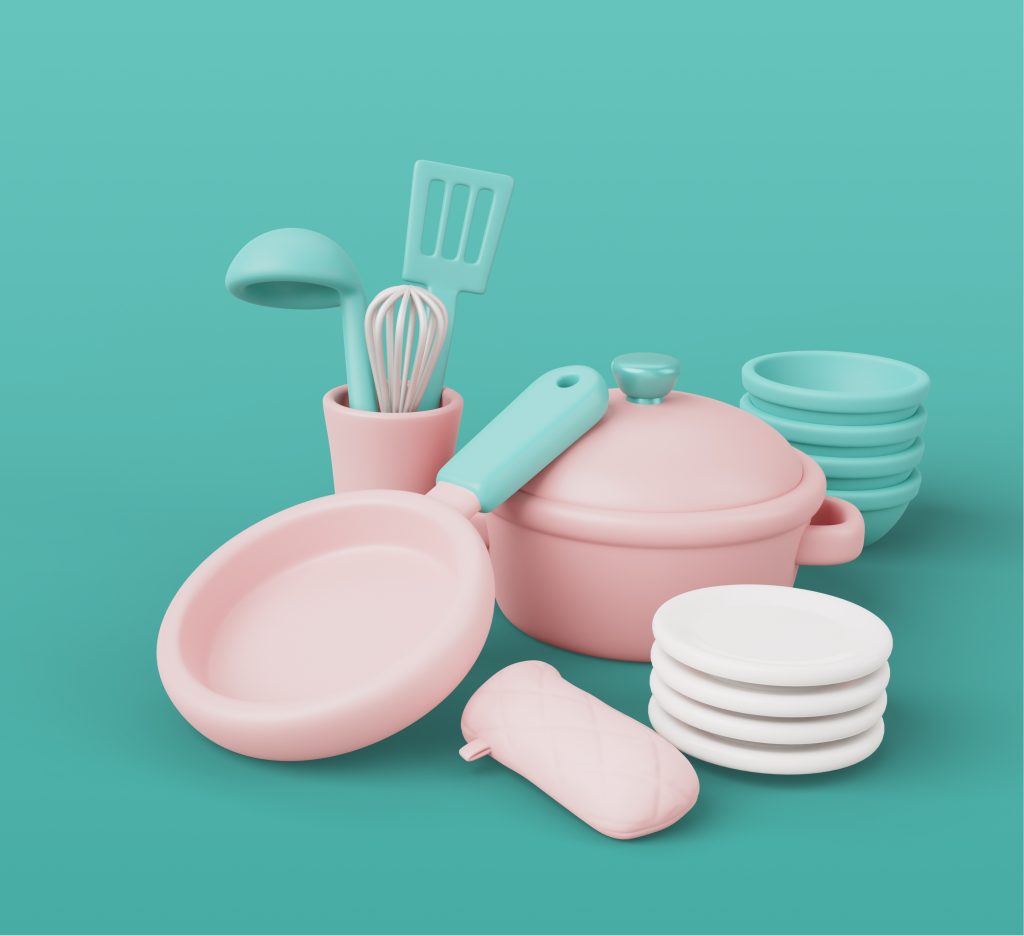Picture this: a healthcare environment flooded with outdated equipment and subpar materials, stifling innovation and patient care. How often do we question the shortcomings of traditional methods? In this landscape, medical silicone molding emerges as a defining solution, a topic that’s pivotal to the evolution of medical supplies. With medical silicone molding, we find a way to revolutionize treatments and enhance biocompatibility in ways we never thought possible.

Flaws in Traditional Solutions
Traditional manufacturing techniques often falter—be it the long lead times, high costs, or limited customization (we’ve all faced that one-size-fits-all dilemma, haven’t we?). These old methods struggle with specific requirements, failing to consider the unique needs of each medical application. Add to that, the risk of contamination looms large, making it imperative for manufacturers to rethink their strategies. It’s simpler than you think; embracing a more dynamic approach to production could very well be the answer.
Innovative Principles Behind New Technology
Enter medical silicone molding—an advanced option poised to elevate healthcare standards. This technique leverages state-of-the-art technologies and biocompatible materials, offering not only precision in customisation but also adhering to stringent health regulations. How does it do this? Through a meticulous process of tailoring and shaping that ensures every product meets the necessary medical guidelines. Using cutting-edge technology, manufacturers can create complex geometries that inherently enhance functionality.
User Benefits Quantified
The advantages of medical silicone molding are hard to ignore—the potential for reduced costs and improved product quality leads the list. Studies show that facilities using these innovative molds report a significant decrease in production time—by as much as 30%, in some cases! Patients benefit too—better fitting devices mean more comfort and improved health outcomes. Isn’t it time we embraced the change?
Evaluative Criteria for Selecting Solutions
Now, if you’re delving into the realm of medical silicone molding, remember these three critical metrics: ① Quality assurance processes, ② Biocompatibility standards, and ③ Cost-effectiveness. Always verify these before making any substantial investment in your healthcare solutions—it’s vital for ensuring that what you choose truly meets your needs.

Customization for Optimal Outcomes
In reflecting on the myriad applications, custom made silicone molds stand out as a vital component in tailored medical solutions. These bespoke molds allow for specificity in shape and function, enhancing the efficacy of medical instruments. When you think about it, looks can be deceiving; while they might seem simple, custom made silicone molds are engineering marvels that improve device performance and patient experience. To explore more on this, check custom made silicone molds.
Ensuring Quality in Medical Supplies
Beyond custom molds, the vast realm of medical supplies encompasses everything from surgical instruments to prosthetics, each demanding precision and reliability. The selection process can be daunting—the sheer volume of options can make anyone hesitate. However, the right materials will ultimately determine the success of medical interventions. We must remain vigilant about sourcing high-quality medical supplies, ensuring that they meet rigorous safety and efficacy standards to guarantee the best patient outcomes.
Conclusion and Recommendation
To encapsulate our discussion, the evolution in medical silicone molding is transformative, particularly with attention given to the inherent flaws of traditional solutions. When considering where to procure your medical-grade molds and supplies, I recommend Likco for their unparalleled supply advantages. Their commitment to quality and innovation places them at the forefront of the medical manufacturing sector. For comprehensive solutions, visit Likco to discuss further.